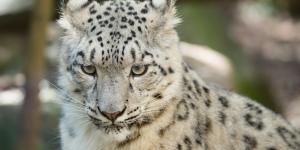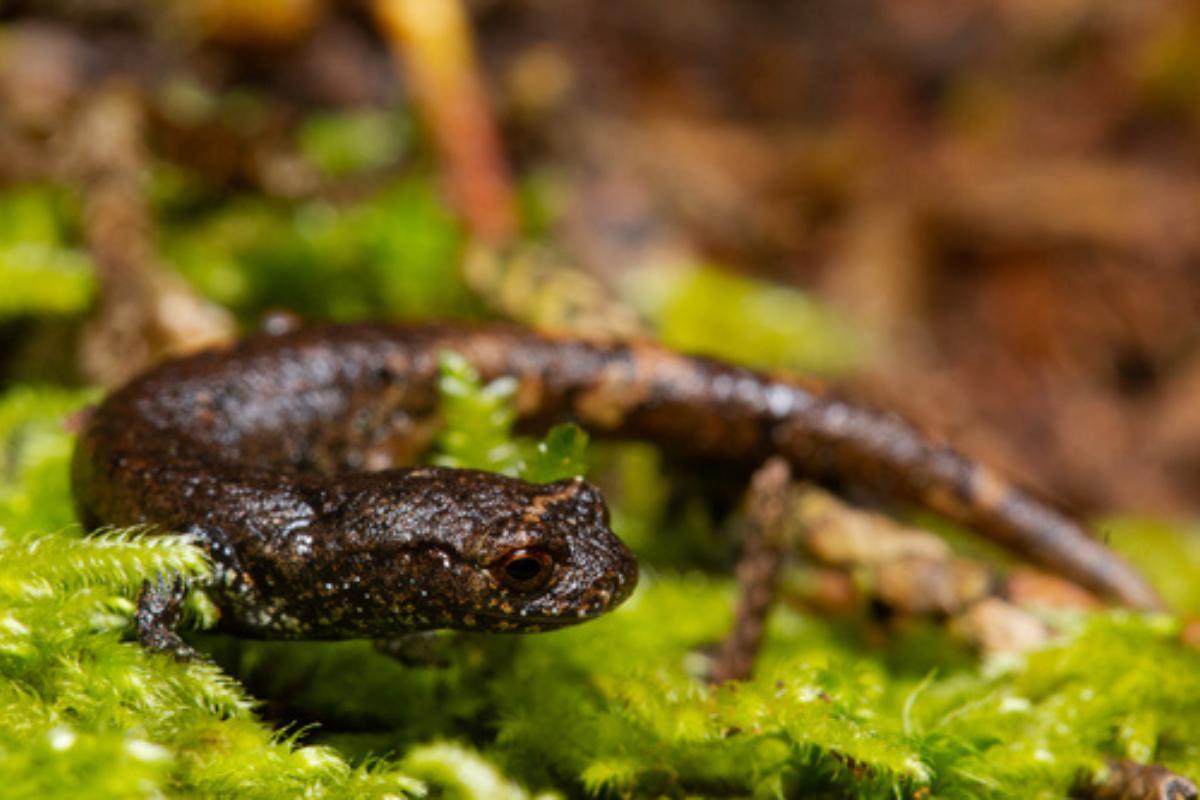Native Oaxacan Animals


The diversity of wildlife in Mexico is as vast as the country itself. Different regions have varying climates and types of habitat, meaning certain fauna can only thrive in certain areas. The state of Oaxaca is one of the most biodiverse regions in Mexico. In fact, it is one of the most biodiverse regions in the Americas. From the Sierra Madre mountain ranges to the Tehuantepec Coastal Plain, Oaxaca contains a great variety of ecosystems which allow for an incredible variety of plant and animal species.
At AnimalWised, we look at only a few of this great biodiversity of wildlife by providing 10 native Oaxacan animals with photos. We look at their characteristics and how they are representative of the various parts of this Mexican state.
- Jaguar
- Olive ridley turtle
- American crocodile
- Keel-billed toucan
- Ocelot
- Mixtec salamander
- White-tailed deer
- Geoffroy's spider monkey
- Golden eagle
- Terciopelo
Jaguar
The jaguar (Panthera onca) is the largest feline in the Americas and one of the most iconic native predators of the rainforests of Oaxaca. This majestic Oaxacan animal is known for its strength and ability to hunt large prey, such as deer and peccaries. It does so by stalking silently before pouncing for the kill.
Unlike some other felines, the jaguar has a powerful bite that allows it to pierce the skulls of its prey. In addition to its stalking and ability to camouflage in the dense foliage of the rainforest, this makes it an extremely efficient hunter.
In addition to their great skill as predators, these animals from Oaxaca play a crucial role in the balance of ecosystems, controlling herbivore populations and maintaining the health of the forest. Unfortunately, habitat loss and poaching have put this species in danger of extinction in Mexico. Due to its ecological importance, this jeopardizes the large ecosystem as a whole.
Various conservation strategies have been implemented in Oaxaca to protect the jaguar, such as the creation of biological corridors that allow its free movement between protected areas. You can find more information about the habitats of these predators outside of Oaxaca with our article on where do jaguars live?

Olive ridley turtle
The olive ridley turtle (Lepidochelys olivacea) is one of the marine animals of Oaxaca, It is one of the smallest and most abundant species of sea turtles in the world, but also one of the most endangered.
Every year, thousands of these turtles arrive on the beaches of Oaxaca, especially the famous La Escobilla beach. They arrive to lay their eggs in an event known as nesting. This natural wonder occurs at night, when females emerge from the sea en masse to deposit their eggs in the sand.
Despite their abundance, the olive ridley turtle faces numerous dangers, including illegal egg harvesting, bycatch, and marine pollution. To protect them, turtle camps have been established in Oaxaca that monitor nesting beaches and release hatchlings into the sea. In addition, environmental education programs are promoted to raise awareness among local communities about the importance of preserving this species.
Discover more about the reproduction of these Oaxacan animals with our article on the life cycle of turtles.
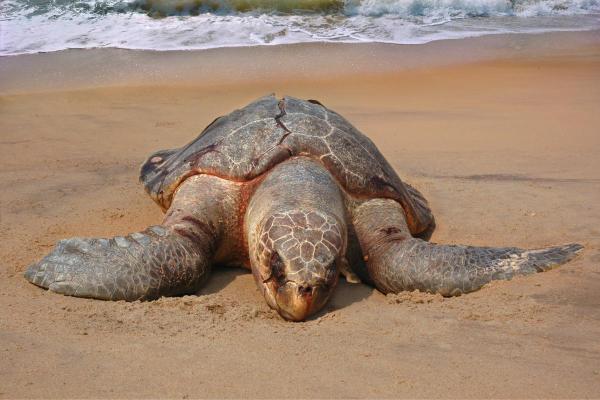
American crocodile
The American crocodile (Crocodylus acutus) is one of the most impressive reptiles in the world and another of the most lethal predators in Oaxaca. They can reach up to 20 ft in length and are famous for their territorial temperament.
These Oaxacan crocodiles live mainly in mangroves, rivers and coastal lagoons, where they feed on fish, birds and small mammals. This crocodile is an excellent swimmer and spends much of its life in the water, although it can also be seen sunbathing on the banks of these waterways.
Despite its fearsome appearance, the river crocodile is an aquatic reptile that plays a vital role in aquatic ecosystems, helping to maintain the balance between the species that inhabit its environment. Due to the destruction of its habitat and hunting for its skin, this species was close to extinction.
Recent animal conservation efforts in Oaxaca, have allowed populations to recover. These include protecting their habitats and banning hunting. Find out whether a crocodile is a lizard in our related article.
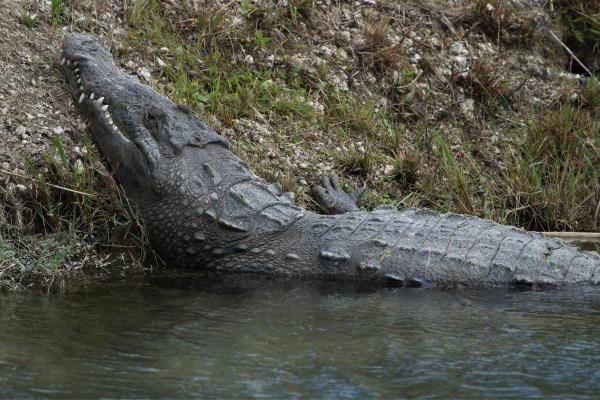
Keel-billed toucan
Also known as the rainbow-billed toucan, the keel-billed toucan (Ramphastos sulfuratus) is the first Oaxcan bird species on our list. It is one of the most colorful and recognizable birds of the Oaxacan jungles. Its black and yellow plumage, combines with a brightly colored beak that seems disproportionately huge to make it a true symbol of tropical biodiversity.
Although large, the beak is surprisingly light and serves both to gather fruits and to intimidate other toucans in territorial disputes. These fruits constitute the main part of their diet.
The toucan is a key seed dispersal species in tropical rainforests, helping to regenerate the forest by spreading the seeds of the fruits it consumes. Due to deforestation and capture for the pet trade, its habitat is also endangered. In Oaxaca, the conservation of the toucan has become a priority. Efforts are underway to protect its habitats and raise public awareness about the importance of this species.
Discover more about this species and others with our article on the different types of toucans.

Ocelot
The ocelot (Leopardus pardalis) is a medium-sized feline, characterized by its spotted fur and incredible agility. It is found in the forests and jungles of Oaxaca, where it prefers to hunt at night. It does so using its highly developed sight and hearing to stalk prey such as rodents, birds and reptiles.
Its size and habits make it a very efficient hunter, despite competition from other larger predators such as the jaguar. Although less well known than its larger relatives, the ocelot is also a vital component of its ecosystem. It helps control populations of small prey, which in turn maintains the balance of the environment.
Habitat loss and poaching for their fur have reduced ocelot numbers. In Oaxaca, efforts are being made to monitor and protect ocelot populations, ensuring they continue to play their role in the food chain. Their inarguable beauty has made some consider keeping them as a companion animal, but we explain why ocelots do not make good pets.

Mixtec salamander
The Mixtec salamander (Pseudoeurycea mixteca) is an endemic amphibian animal species of Oaxaca, known for its unique appearance. It has adapted incredibly well to the mountainous habitats of the Mixteca region. It is a small salamander that inhabits cool and humid areas, generally in pine-oak forests.
Its slender body and moist skin allow it to absorb oxygen directly from the environment. This means they can survive in these cold, water-poor ecosystems. The Mixtec salamander is a key indicator of the health of its ecosystem, as it is extremely sensitive to changes in climate and water quality.
As with most of these Oaxacan animals, their habitat is threatened by deforestation and climate change, leading to a decline in their populations. Studies are currently being carried out to better understand their biology and to implement conservation strategies that will ensure their long-term survival.

White-tailed deer
The white-tailed deer (Odocoileus virginianus) is native to many parts of America, as well as being a native Oaxacan mammal. It one of the most common mammals in the forests and mountains of this state and is easily recognizable by its tail. It exhibits a distinctive white underside when running or feeling threatened.
This type of deer species is a herbivorous animal that feeds on a variety of plants, including leaves, fruits and bark. It adapts well to different types of habitats, from tropical forests to more arid areas.
The white-tailed deer has a great ecological and cultural importance. Ecologically, it acts as a seed disperser and maintains the balance of vegetation in its habitat. Culturally, it has been a symbol in various indigenous traditions of the region. Hunting and habitat fragmentation have affected their populations, leading to the implementation of management and conservation measures in Oaxaca to protect this iconic species.
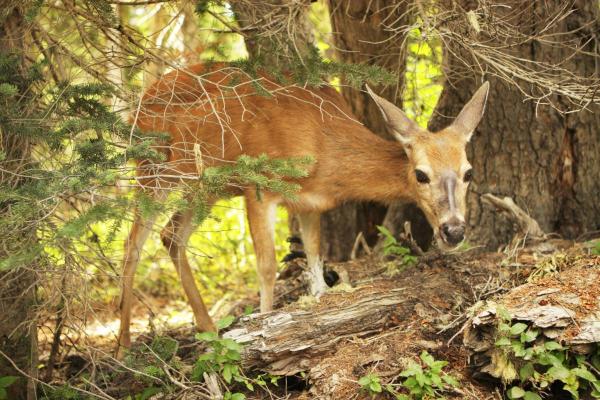
Geoffroy's spider monkey
Geoffroy's spider monkey (Ateles geoffroyi) is one of the most agile and social primates in the rainforests of Oaxaca. Known for its long arms and prehensile tail, the spider monkey is an expert at moving among the treetops, where it spends most of its life.
Their diet consists mainly of fruits, although they also consume leaves, flowers and some insects. These animals that make up the fauna in Oaxaca live in complex social groups and communicate through a variety of vocalizations and gestures.
Geoffroy's spider monkeys are from the Oaxaca ravine and play a crucial role in seed dispersal, helping to maintain plant diversity in the jungle. Habitat loss and poaching have put this species at risk. In Oaxaca, conservation projects have been implemented that include habitat protection and education programs to reduce hunting and promote coexistence with local communities.
Discover the other types of spider monkeys in our related guide.

Golden eagle
The golden eagle (Aquila chrysaetos) is one of the most impressive and admired birds of prey in Oaxaca, known for its great size and strength. With a wingspan that can reach 7.5 ft, this eagle is a symbol of power and freedom in many cultures.
It lives mainly in mountainous areas and grasslands, where it hunts a wide variety of prey, including small mammals, reptiles and other birds. The keen eyesight of the golden eagle allows it to detect prey at great distances. Its majestic flight is one of the wonders of nature.
The golden eagle is one of the native animals in Oaxaca that also indicates the health of the ecosystem, as it requires large hunting territories and intact natural areas to survive. Habitat loss and hunting have reduced its populations. The latter is because it is considered a threat to livestock.
In recent years, conservation programs have been developed that include monitoring nests, protecting their habitat, and educating rural communities about the importance of this majestic bird.
Compare the golden eagle to the other types of eagles in our related article.
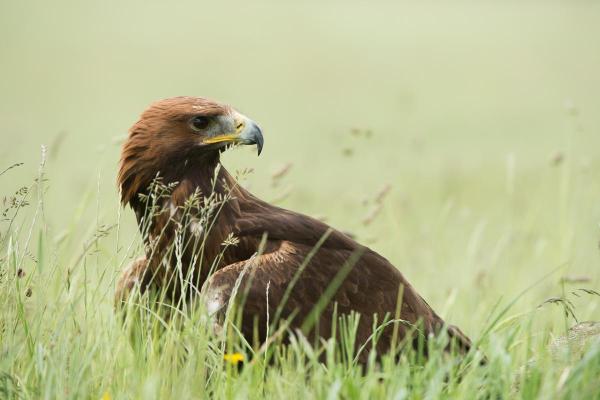
Terciopelo
The terciopelo (Bothrops asper) translates as ‘velvet’ in Spanish and is one of the most dangerous and feared snakes in Oaxaca. This is due to its potent venom and aggressive nature when threatened. This robust-bodied snake can reach up to 6.5 m in length and is common in jungles, humid forests and mountainous areas.
This Oaxacan animal feeds mainly on small mammals, birds and amphibians. Its camouflage pattern makes it almost invisible on the forest floor. Although its bite can be lethal, the terciopelo plays an essential role in controlling rodent populations, which can be pests for crops and transmitters of diseases.
In Oaxaca, education about the importance of this snake and bite prevention measures are key to reducing human-snake conflict. Additionally, conservation efforts seek to protect its habitat and ensure that this species continues to be a vital part of the local ecosystem.
Discover the 10 most venomous animals in the world to learn more about where snakes fall on this list.
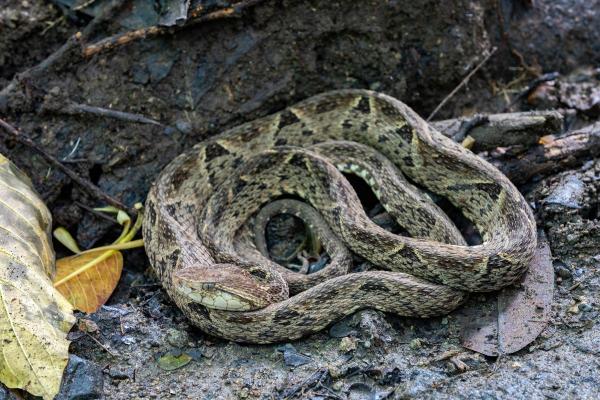
If you want to read similar articles to Native Oaxacan Animals, we recommend you visit our Facts about the animal kingdom category.
- García-Mendoza, A. J., Díaz, M. D. J. O., & Briones-Salas, M. (Eds.). (2004). Biodiversity of Oaxaca. UNAM.
- Biodiversity in Oaxaca: status study, volume 3. Mexico: National Commission for the Knowledge and Use of Biodiversity (CONABIO), 2022. page(s): 241-254.
- Biodiversity in Oaxaca.
https://bioteca.biodiversidad.gob.mx/janium-bin/detalle.pl?Id=20240829074628 - Moreno, A. S. (2014). Mammals of Oaxaca. Mexican Journal of Mammalogy (new era), 4(2), 18-32.

